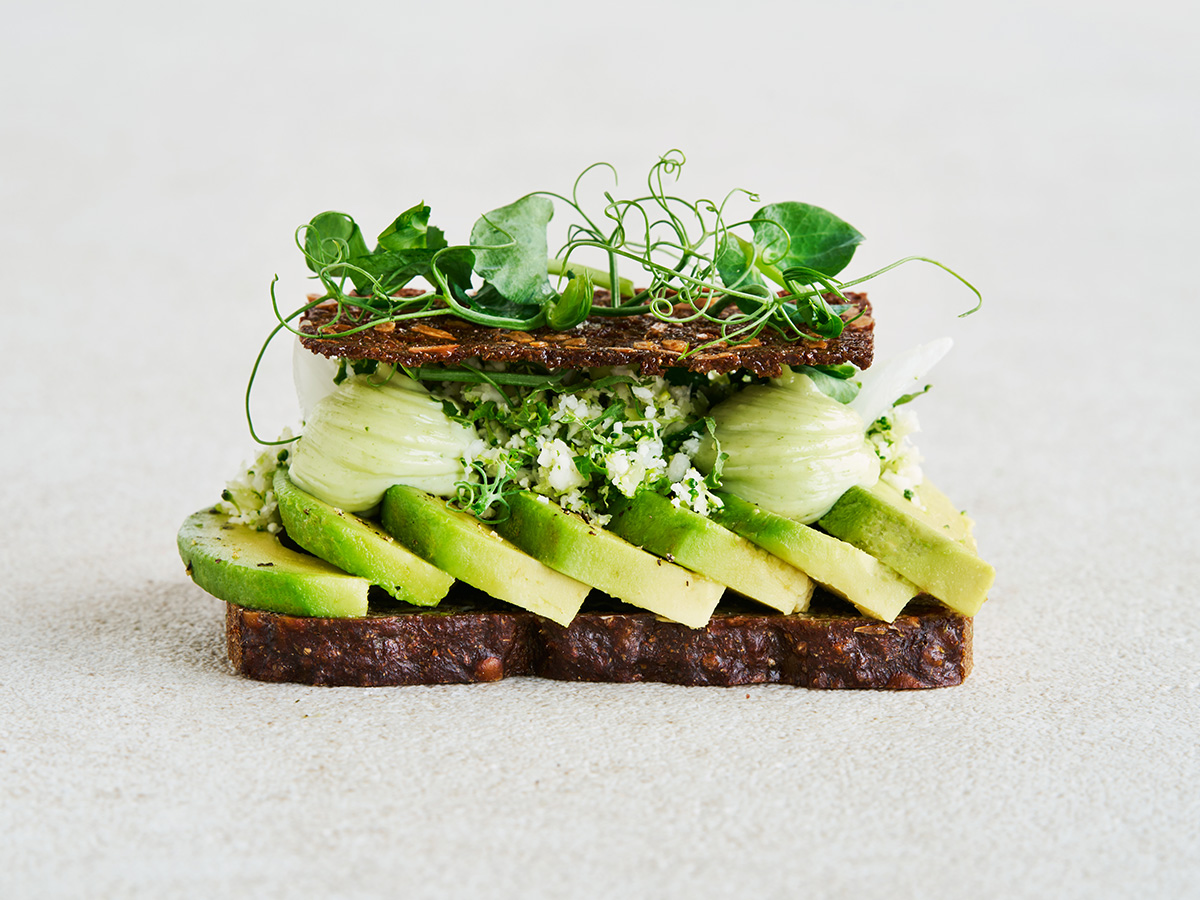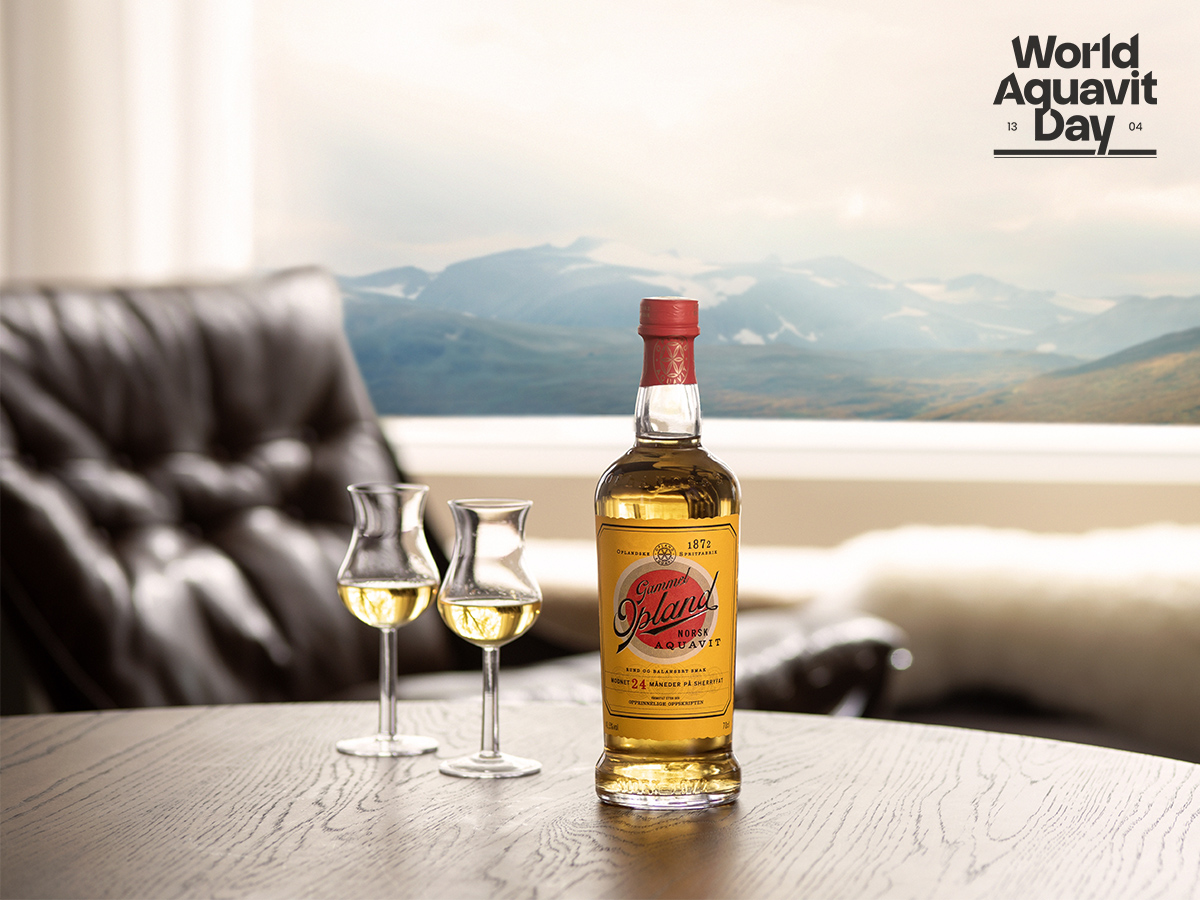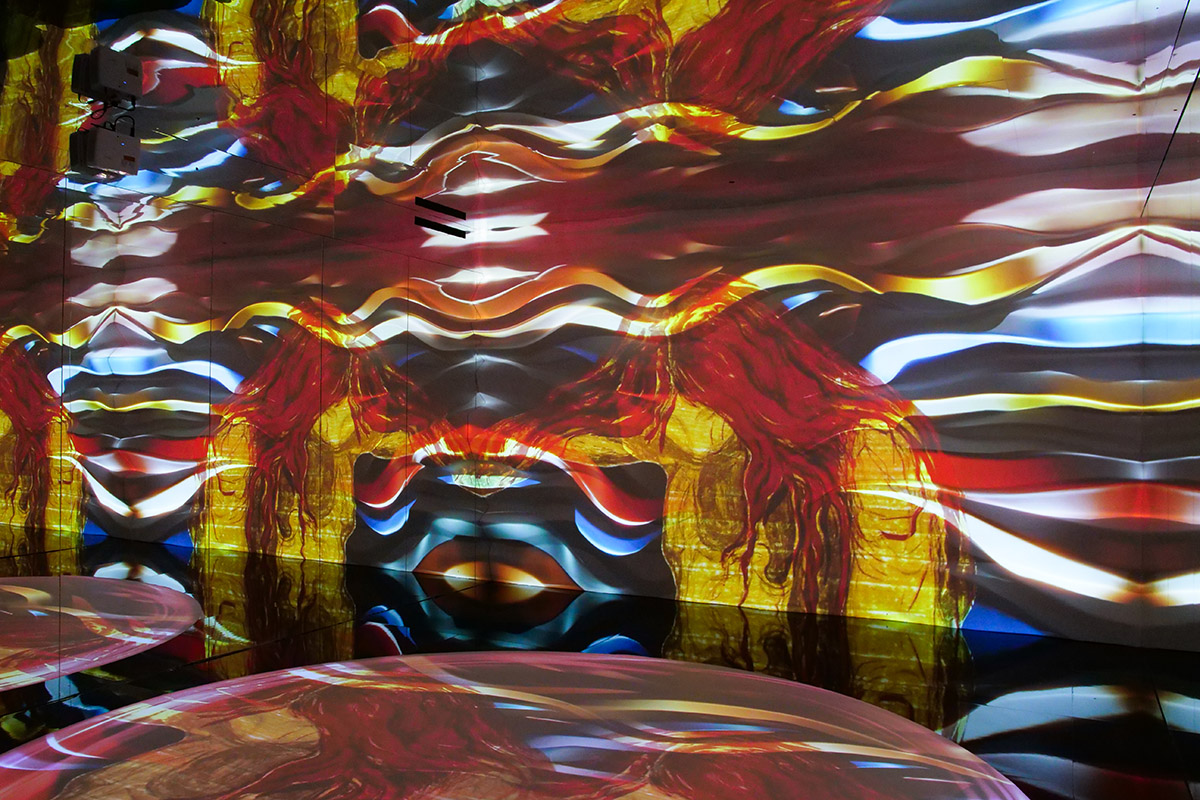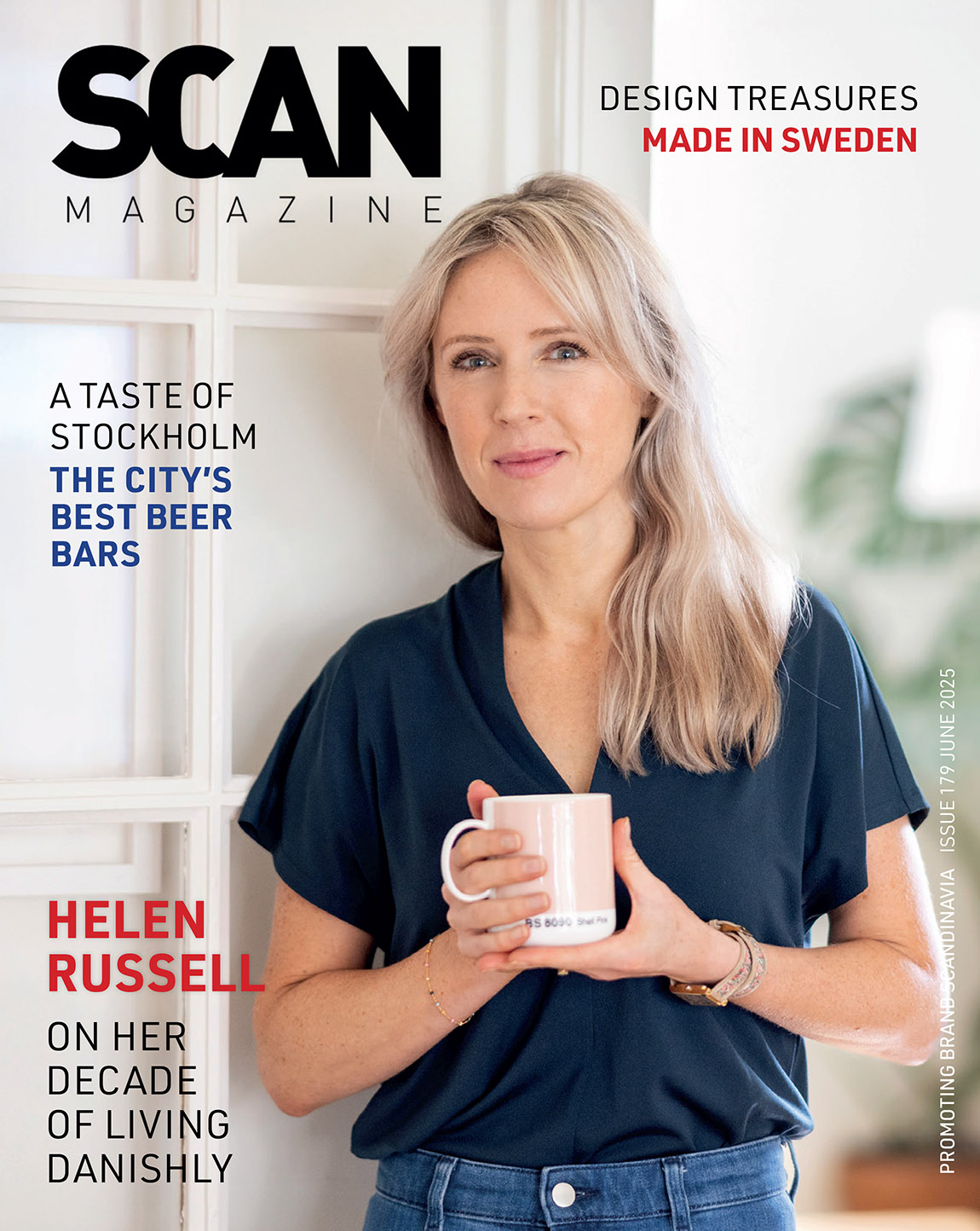Learn Norwegian concepts
Written by Alyssa Nilsen
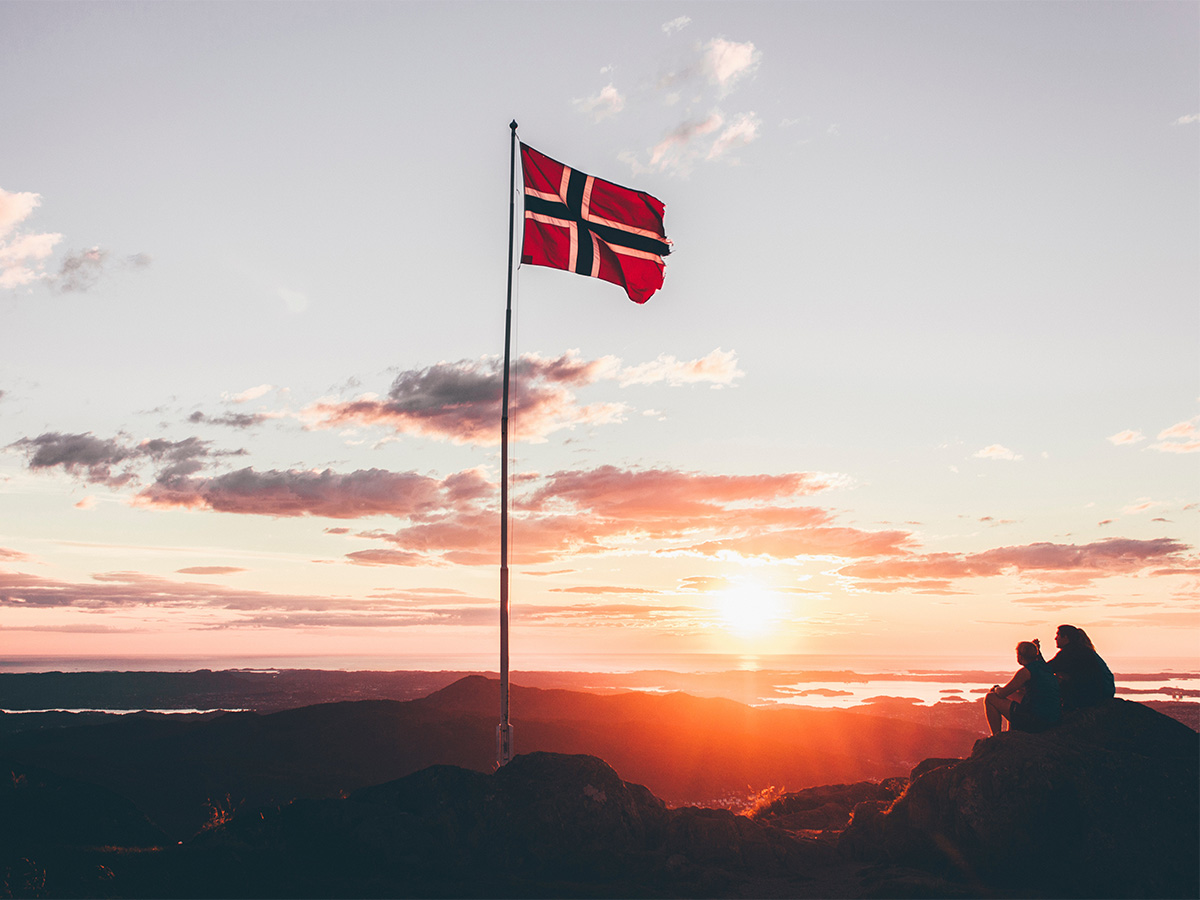
Norwegian daily life is full of concepts that might seem strange, different or even exotic to the rest of the world. A lot of them have developed as a direct result of the extreme differences the various seasons bring, forcing people to change their ways several times per year. They’ve learnt to adapt to harsh conditions, dark winter nights and long summer days, and to appreciate the good qualities of each season.
Friluftsliv (Life outdoors)
No matter the season, you’ll find Norwegians trekking through forests, across mountains and over the hills. Sundays are big hiking days, when Norwegians put on their hiking boots and clothes, pack their backpacks with kvikk-lunsj chocolates, an orange and a flask of coffee or hot chocolate, and set off chasing that feeling of being free. These hikes also serve as magical moments when Norwegian shyness is set aside and Norwegians dare to speak to strangers. Whether you’re on top of a mountain, skiing through the woods or walking around a lake, you’ll meet strangers who greet you with a “heihei” and a smile and might even be up for a tiny chat before you part ways.
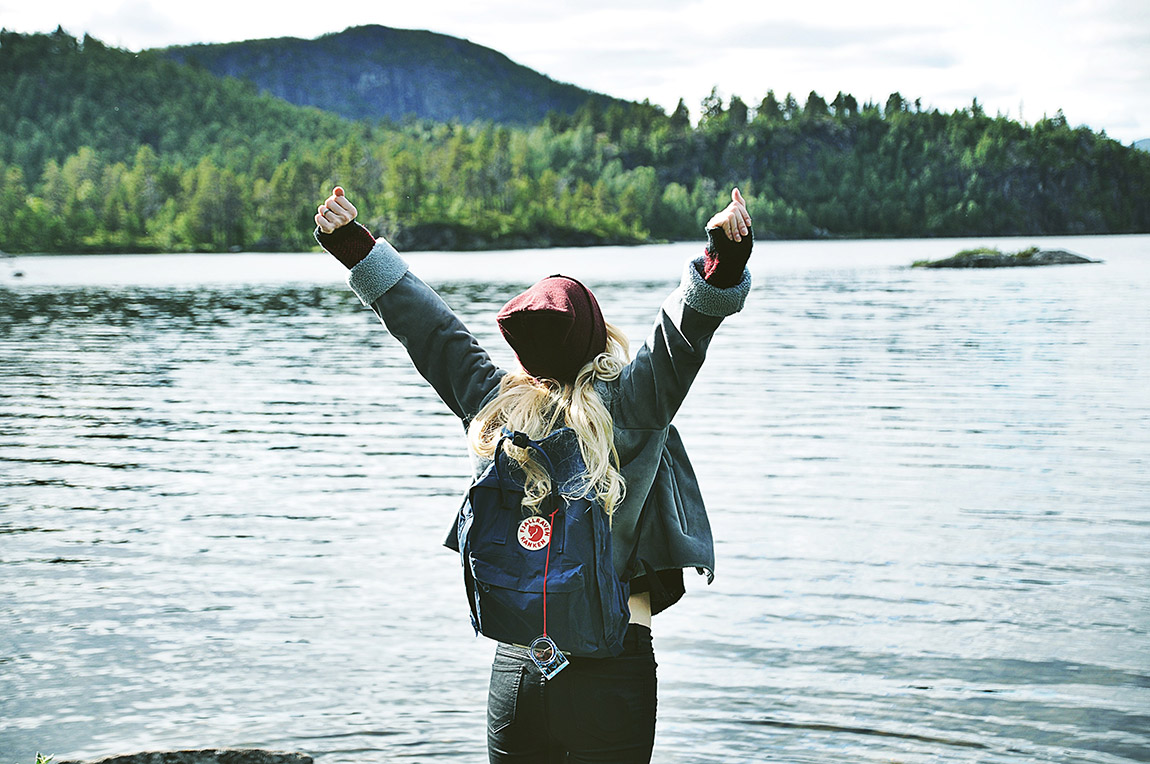
A young woman outdoors in Norway.
Hygge/Kos (Cosiness)
Despite having been thoroughly branded and marketed by the Danes, ‘hygge’ is as Norwegian as it is Danish, both in meaning and in concept. In Norwegian, another word with the same meaning is used both as a noun, ‘koselig’, and as an adjective, ‘kos’. (Koselig can be loosely translated as cosy, while kos is something you do or feel.) Walking 20-odd kilometres through the snow just to unpack a shovel and dig yourself a hole in the snow in which to enjoy your orange and kvikk-lunsj? Kos. Sitting in front of a fire after a long day outside? Kos. Meeting friends for a coffee and a pastry? Kos. Relaxing with a book or TV in your Nordic, minimalist, monochrome livingroom? Kos. Sit by a bonfire under the bright summer night sky? Kos. Surrounding yourself with candles in your 22-degreewarm house to hide away from the winter storm raging outside? Kos. Enjoying the first utepils of the year? Kos.
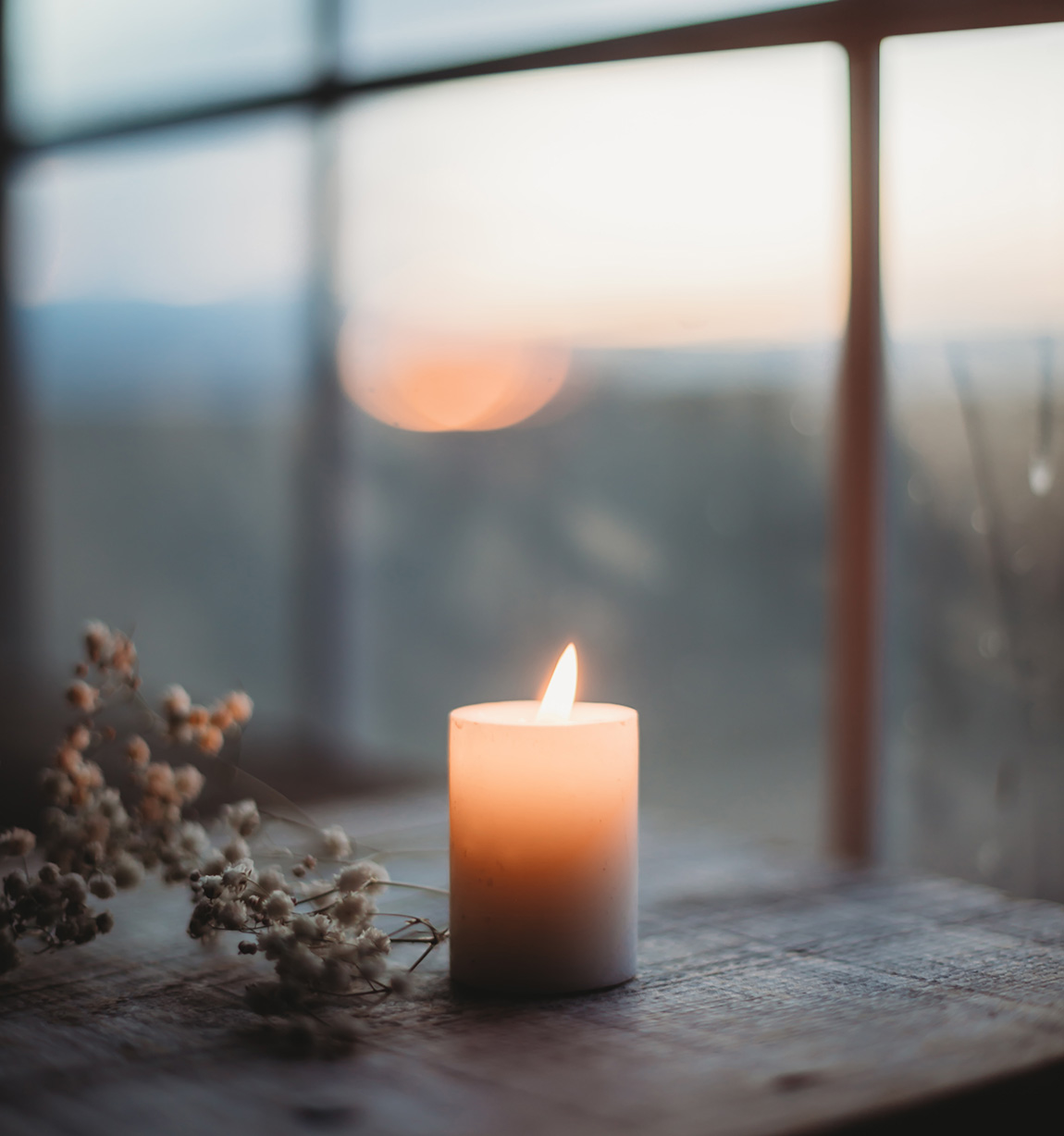
Cosy interior with a candle.
Utepils (outdoor beer)
After a cold, dark winter, when the nights seem never-ending and daylight is weak at best, springtime brings a promise of easier days. Norwegians wake up from their winter daze and start socialising outside their homes again. How you know spring has arrived? It’s sunny and warm enough for utepils! Utepils, simply put, is outdoor beer – beer being enjoyed out in the sun. As soon as the sun is out and the temperature is warm enough, Norwegians, wearing warm clothes and preferably a blanket provided by the bar in question, sit outside in the sun with friends and a glass of beer. Kos! Utepils, though mainly named so in the spring, continues throughout the summer, until it gets too cold again in the autumn.
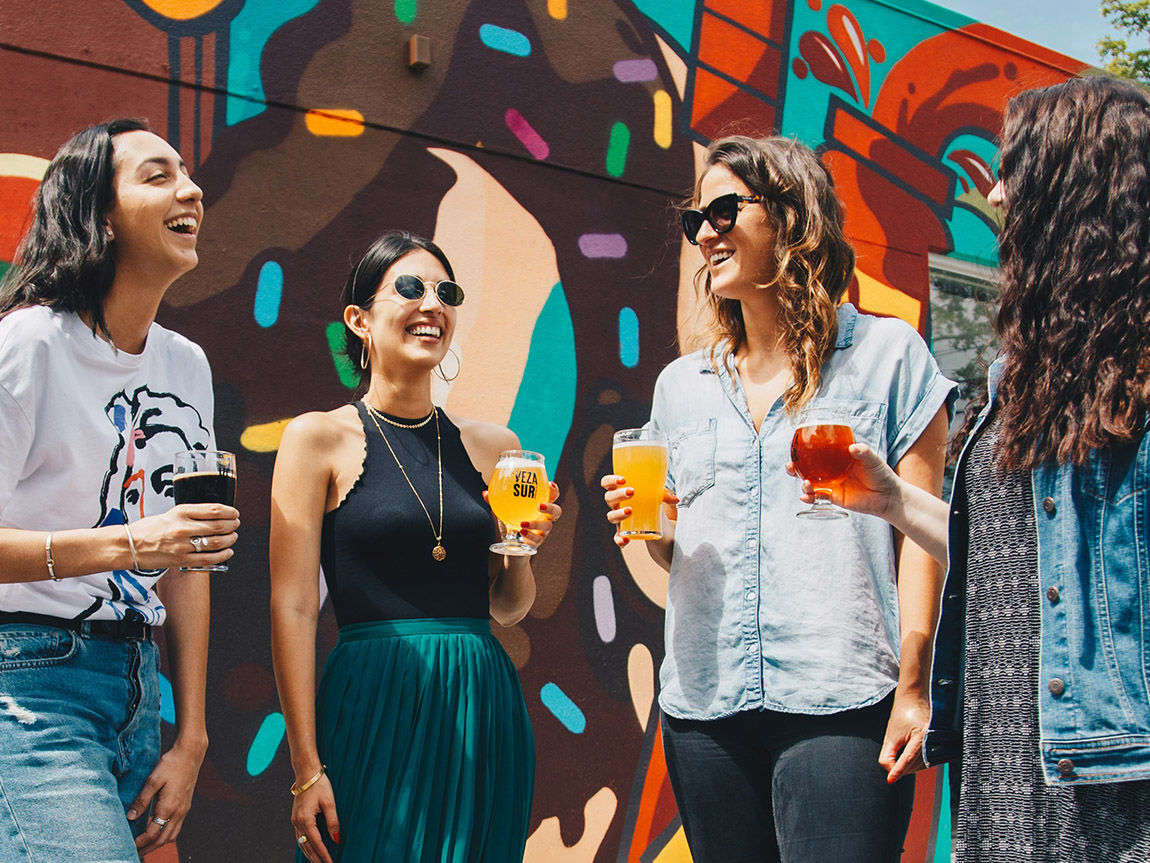
Women drinking beer outdoors.
Folkeskikk and Janteloven (Common decency and the law of Jante)
Norwegian daily life is full of unspoken and unwritten rules. Janteloven is a collection of ten rules first outlined by Danish-Norwegian author Aksel Sandemose in his satirical novel En flyktning krysser sitt spor (A Fugitive Crosses His Tracks) from 1933, but the ideas and societal structures behind the book are much older. The laws are all designed to suppress individual thinking and success, making sure everybody knows they’re no better than anybody else. But while Scandinavians both frown and laugh at the idea of the rules and the concept as a whole, they are still apt as a description of small-town mentality and the idea that people should fit in rather than stand out. Folkeskikk is a less frowned-upon concept, and a behaviour that people take pride in. Helping old people across the street? Folkeskikk. Not burping loudly in public? Folkeskikk. Standing up when a pregnant person needs a seat? Folkeskikk. Greeting people while hiking in the mountains? Folkeskikk. Respecting personal space in a queue? Folkeskikk. Any breach of folkeskikk might result in a quietly offended outcry. Quietly, of course, because of folkeskikk.
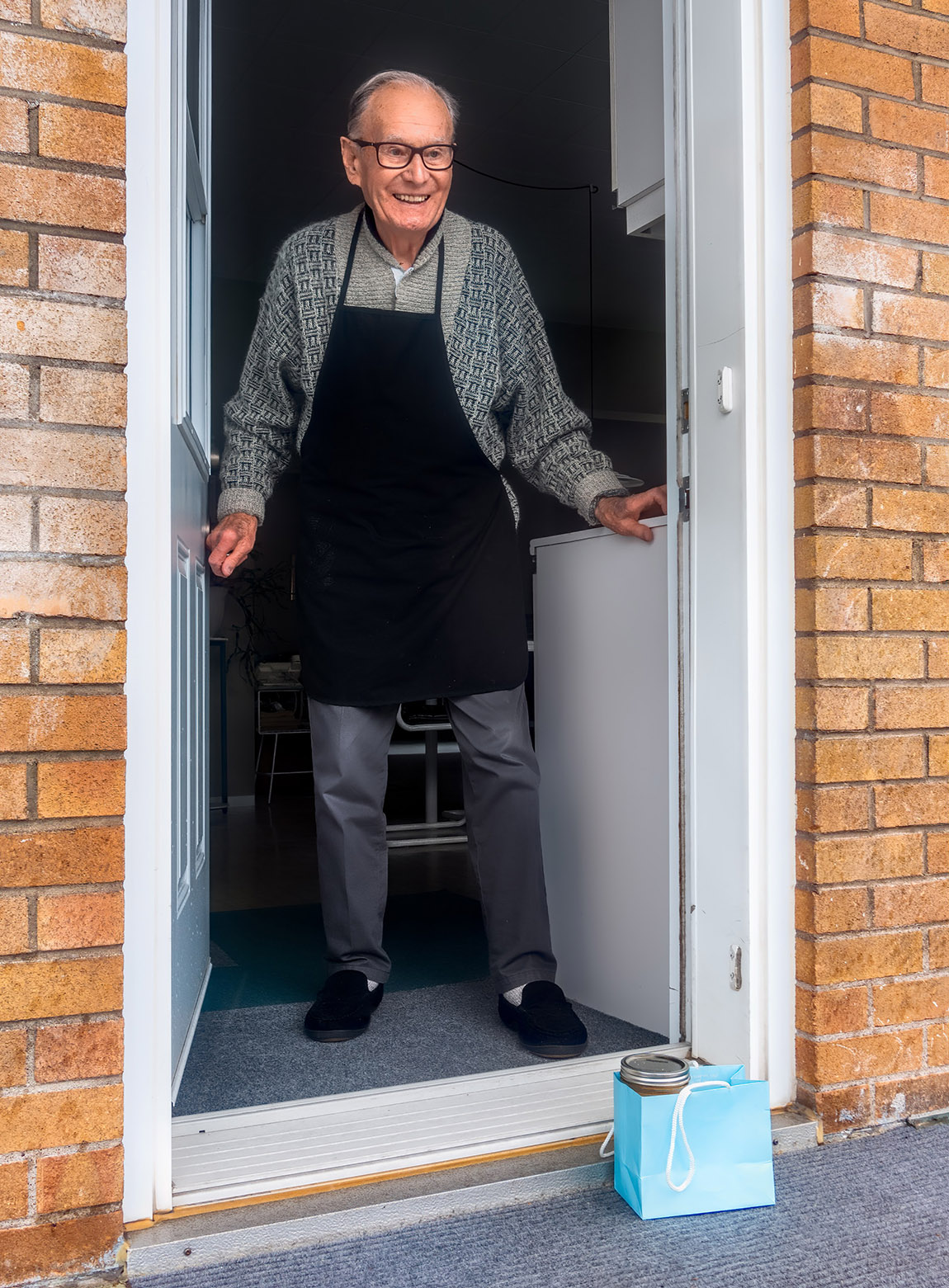
An older man receives a donation of pickled cucumbers in an act of ‘folkeskikk’.
Dugnad
Dugnad as a concept has helped rebuild Norway after wars and natural disasters, maintain community areas over time, and fund or build something needed. Dugnad is people getting together to contribute to the community or a specific person or organisation. It is unpaid work, based on goodwill and the knowledge that it benefits someone. Neighbourhoods get together to paint, repair or clean up common areas, and communities get together to build houses, barns or playgrounds. It can be a local community dugnad, or on a national scale to raise money, clean up oil spills or prevent flooding.
Jah (Said while breathing in)
If you’re visiting Norway for the first time, there’s a sound you’ll hear whenever you’re surrounded by Norwegians that you might never have heard before. Not only do Norwegians have three extra letters and sounds, but they also speak while breathing in. If you hear someone respond to something in a breathy ‘jah’ or ‘nei’ while inhaling, they’re probably confirming something, in either a triumphant or a cheerful way.
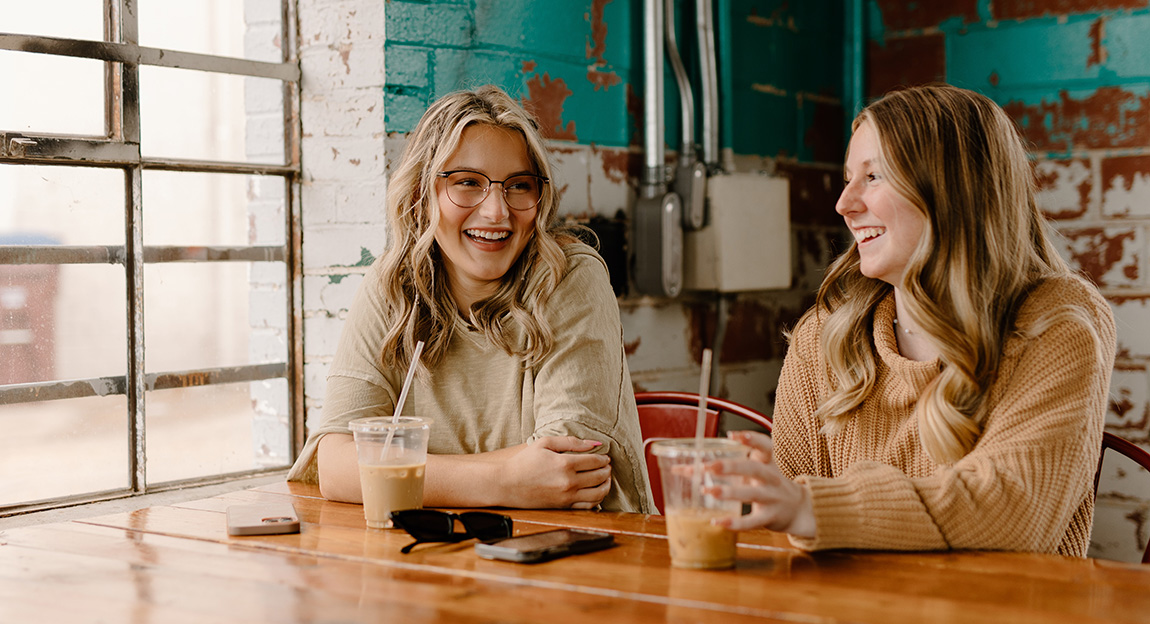
Young women drinking iced coffees.
For good deals on transport and experiences, buy an Oslo Pass lasting 24, 48 or 72 hours. The pass includes travel on all public transport across the city as well as suburbs and districts (Oslo as well as Lillestrøm, Nittedal, Asker, Ski, Nesodden and Drøbak), and includes free access to several museums and attractions, as well as discounted restaurants, sightseeing and activities. The Oslo pass is available online below.
Subscribe to Our Newsletter
Receive our monthly newsletter by email

